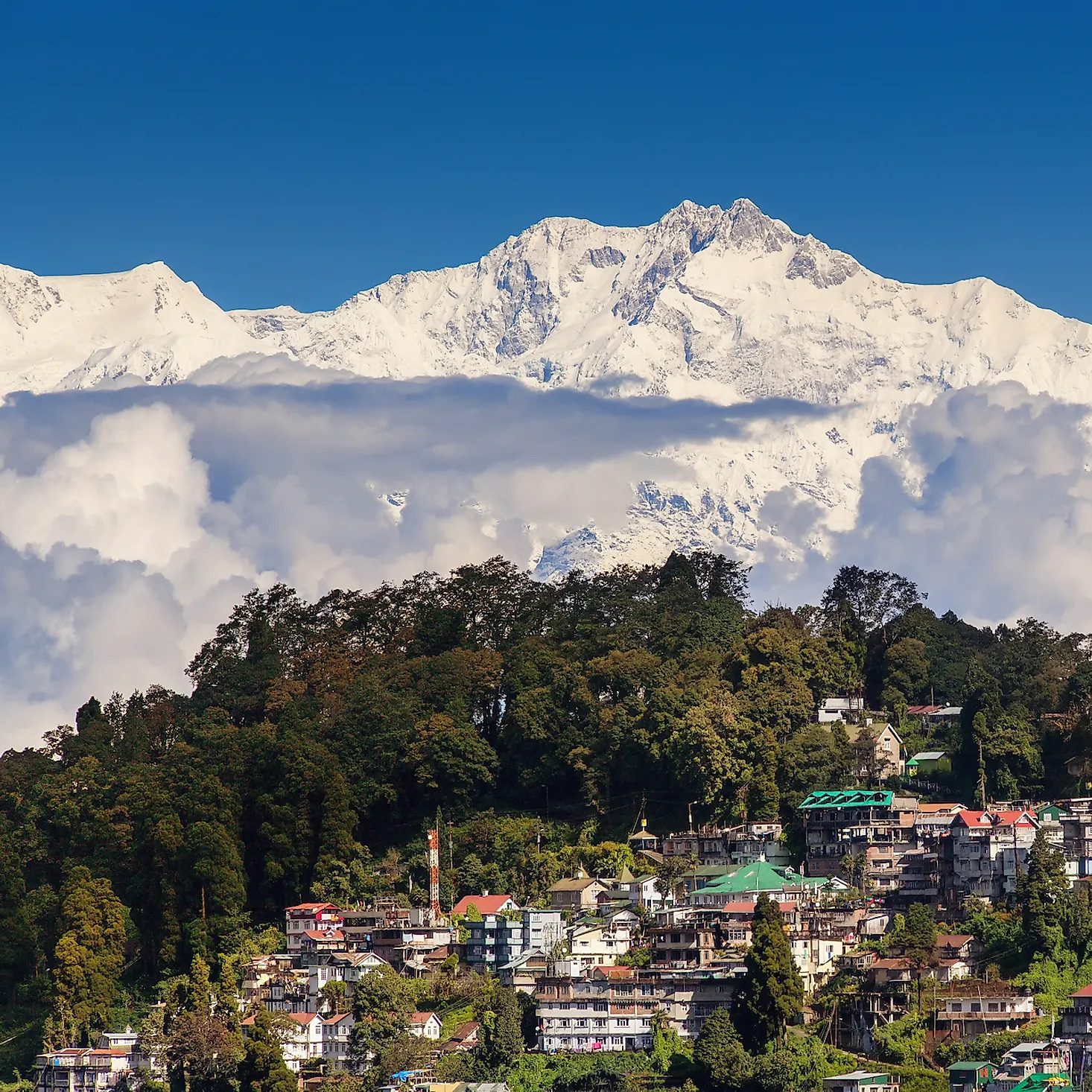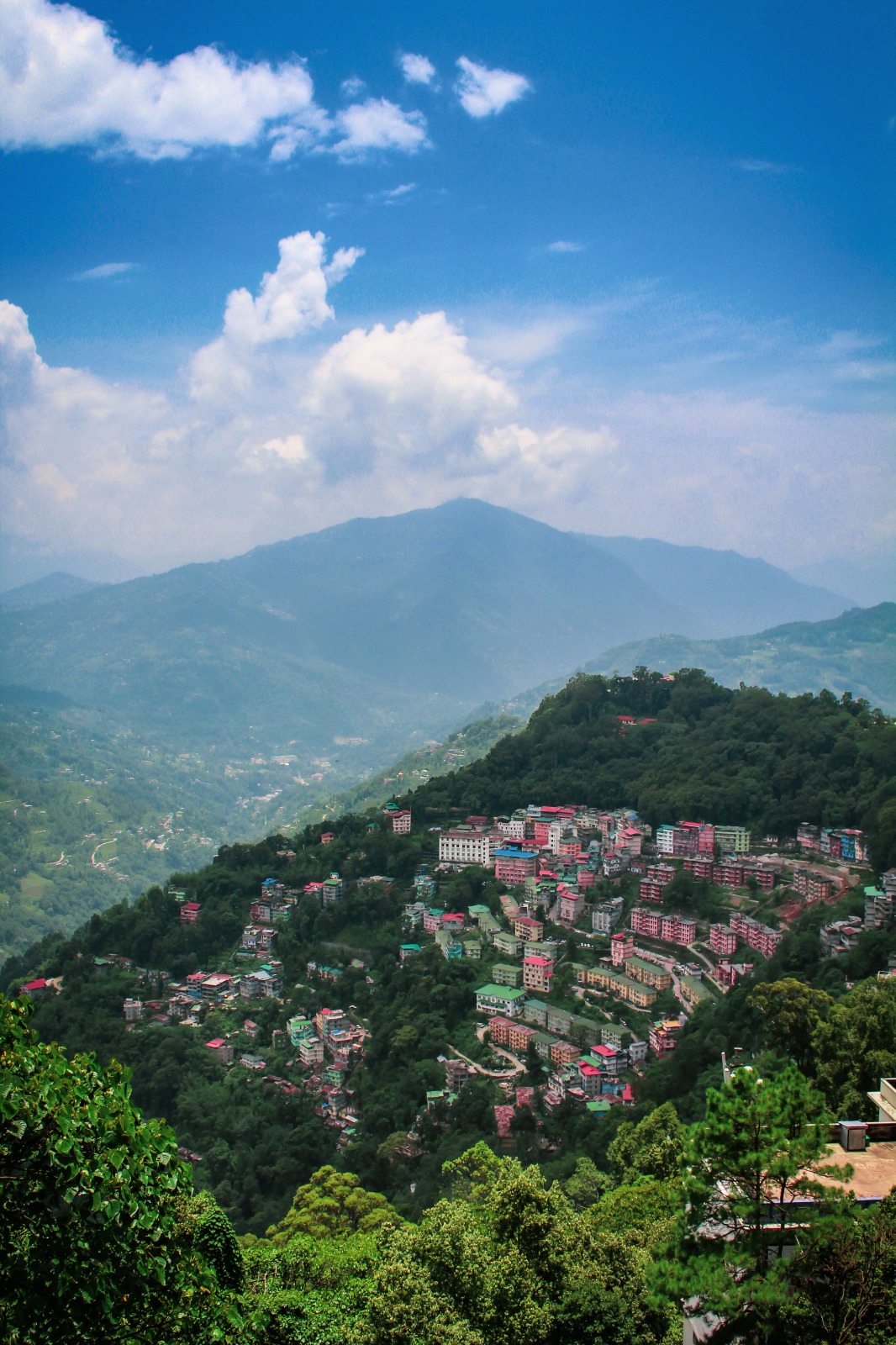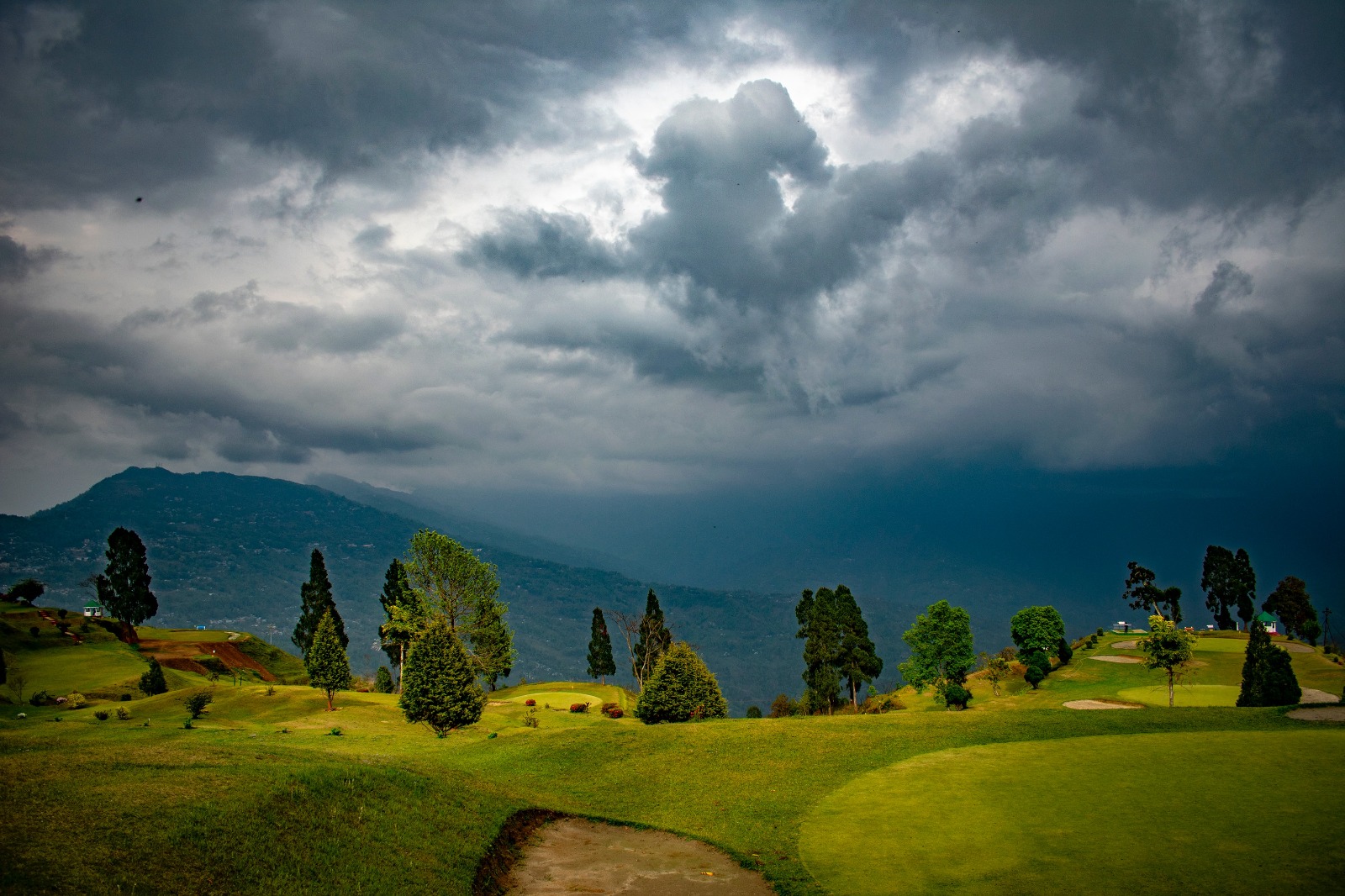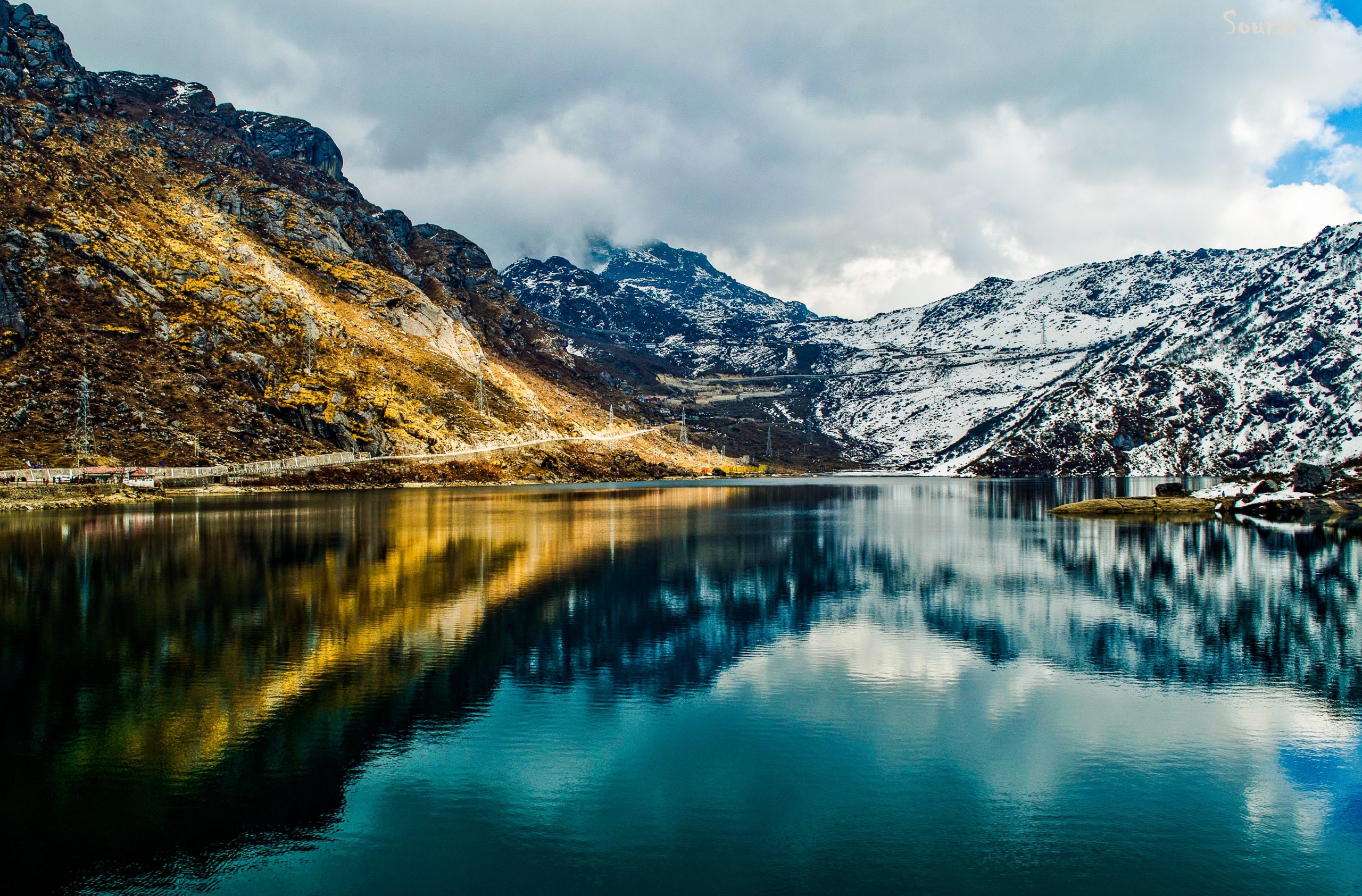Overview
Nestled in the northeastern state of Assam, India, Kaziranga National Park stands as a testament to the unparalleled biodiversity and conservation efforts in the region. Spanning across the floodplains of the Brahmaputra River, this UNESCO World Heritage Site is celebrated for its rich ecosystems, vibrant wildlife, and commitment to the protection of endangered species.
Diverse Ecosystems
Kaziranga's landscape is a mosaic of lush grasslands, dense forests, and expansive wetlands. The park is crisscrossed by numerous water bodies, including the Brahmaputra River, adding to the diversity of its ecosystems. The distinct habitats within Kaziranga contribute to its status as a hotspot for biodiversity.Iconic One-Horned Rhinoceros
Kaziranga is globally renowned for its successful conservation of the Indian one-horned rhinoceros. The park is home to the largest population of this majestic species, which once faced the threat of extinction. The sight of these prehistoric creatures grazing in the grasslands has become synonymous with Kaziranga's conservation legacy.Tiger Conservation
In addition to the rhinoceros, Kaziranga is also a crucial stronghold for Bengal tigers. The park's dense forests provide suitable habitats for these elusive big cats, contributing significantly to tiger conservation efforts in India. The presence of tigers underscores the park's commitment to preserving the entire ecosystem.Elephant Corridors
Kaziranga serves as a vital corridor for the movement of Asian elephants. The park's connectivity with other protected areas allows for the natural migration of elephants, ensuring genetic diversity and the overall health of the elephant population in the region. Elephant sightings in Kaziranga are not only common but also a testament to the park's conservation success.Avian Paradise
With over 480 bird species, Kaziranga is a haven for avian enthusiasts. The wetlands within the park attract a myriad of birdlife, including migratory species. From the majestic Bengal florican to the colorful bar-headed goose, the park offers a bird-watching experience that rivals some of the best in the world.Rich Floral Diversity
Kaziranga is not only a sanctuary for fauna but also a treasure trove of floral diversity. The park is adorned with a variety of grasses, shrubs, and trees that contribute to the overall health of the ecosystem. The floral tapestry adds to the picturesque beauty of Kaziranga.Conservation Initiatives
Kaziranga's success in wildlife conservation is attributed to robust protection measures and community involvement. The park employs modern anti-poaching techniques, surveillance systems, and community-based initiatives to safeguard its wildlife. The commitment of forest guards and local communities has been instrumental in maintaining the delicate balance of the ecosystem.Riverine Ecosystem
The Brahmaputra River, with its ever-changing course, plays a crucial role in shaping Kaziranga's landscape. The riverine ecosystem supports diverse aquatic life, including the endangered Ganges river dolphin. The interaction between the park and the Brahmaputra highlights the dynamic nature of Kaziranga's environment.Sustainable Tourism
Kaziranga welcomes tourists with a commitment to sustainable and responsible tourism. Visitors have the opportunity to explore the park's beauty through guided safaris, nature walks, and boat rides, ensuring that tourism contributes positively to the conservation efforts and local economies.In conclusion, Kaziranga National Park stands as a shining example of successful wildlife conservation. Beyond its charismatic megafauna, the park's ecosystems, flora, and avian diversity paint a vibrant portrait of a sanctuary committed to preserving the natural heritage of Assam. Kaziranga continues to be a beacon of hope for the conservation of endangered species and a testament to the harmonious coexistence of wildlife and humans.




